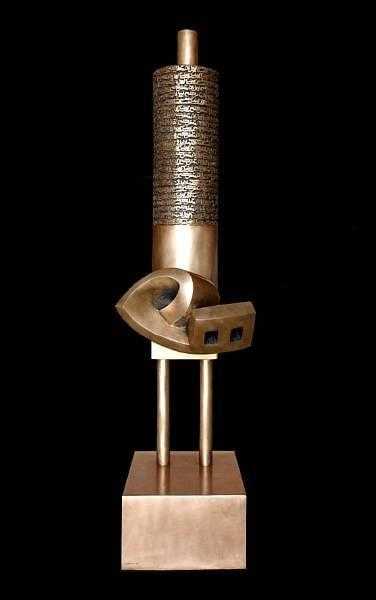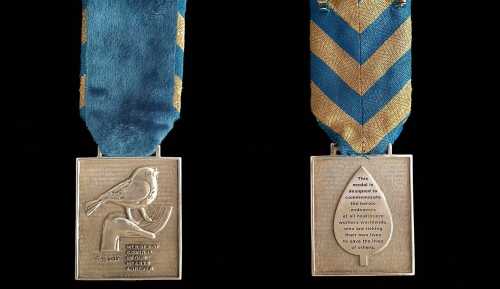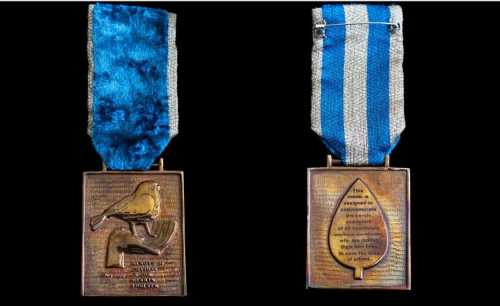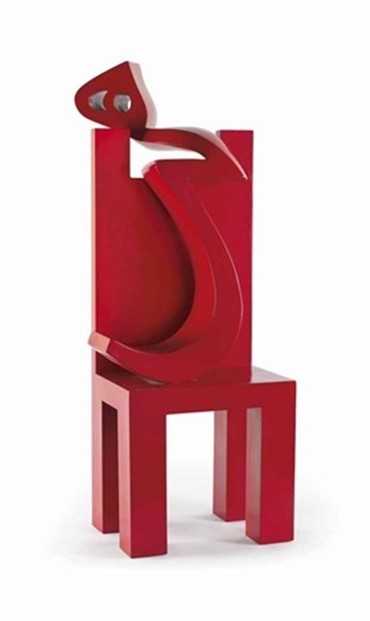- Poet turning into Heech 1974 - 2007
- Bronze
- Sculpture
- 228 * 70 * 58 cm
- Editions: 6
- Edition No. 1
- signed on the left side of the base; 'parviz,73-07, 1/6'
Artwork Description
This work was executed between the years 1974-2007 and is number one from an edition of six.
The idea of 'Poet turning into Heech' first appeared in 1973 on much smaller scale (Galloway, p.173). Its enlargement took place as recently as last year as the artist had always wished.
Parviz Tanavoli was one of the key founders of the Saqqa-Khaneh movement in Iran. This 'neo-traditionalist' school of working was in part inspired by the spiritual visual elements of Persian culture, which still feature strongly in Tanavoli's art. Tanavoli’s fascination with the aesthetics of Iranian heritage began in the early 1960s when he and his friend, the artist Charles Hossein Zenderoudi, were struck by the simplicity of form and the motifs of religious posters while visiting Shahr-e Ray. Adapting the religious imagery in a minimalist style and combining it with architectural style of pre-Islamic Iran, Tanavoli produces works that are representative of true Iranian Modernism.
Mysticism, poetry and oneness with divine are once again the spiritual currents that run through this work. The Farsi word Heech, meaning ‘nothing’, is a recurrent theme in Tanavoli's work. The artist has portrayed this symbol in a variety of different ways, although always in a surprising and visually stunning manner. Playful as well as profound, the mysterious heech has been interpreted in many ways. Heech could be read as a reflection of the feelings of unworthiness and frustration of the modern man. However, referring to Sufism and making use of spiritual metaphors of traditional Persian poetry, the artist explains, "‘nothing’ is an aspect of God who is in all things and therefore everything. The ‘nothing’ is not God, but is a place where God could be in his purest state." The engraved surface of the sculpture, resembling ancient Achaemenid rock reliefs, represents the poet’s way of communication and its immortalisation as text. The poet is a symbol of the Sufi and the devout Muslim. To reach the state of eternal love he must lose himself into nothingness and it is only then that he will find the truth.
I have put duality away,
I have seen the worlds as one,
One I seek, one I know,
One I see, one I call,
He is the first, he is the last,
He is the outward, he is the inward
(Rumi)
The idea of 'Poet turning into Heech' first appeared in 1973 on much smaller scale (Galloway, p.173). Its enlargement took place as recently as last year as the artist had always wished.
Parviz Tanavoli was one of the key founders of the Saqqa-Khaneh movement in Iran. This 'neo-traditionalist' school of working was in part inspired by the spiritual visual elements of Persian culture, which still feature strongly in Tanavoli's art. Tanavoli’s fascination with the aesthetics of Iranian heritage began in the early 1960s when he and his friend, the artist Charles Hossein Zenderoudi, were struck by the simplicity of form and the motifs of religious posters while visiting Shahr-e Ray. Adapting the religious imagery in a minimalist style and combining it with architectural style of pre-Islamic Iran, Tanavoli produces works that are representative of true Iranian Modernism.
Mysticism, poetry and oneness with divine are once again the spiritual currents that run through this work. The Farsi word Heech, meaning ‘nothing’, is a recurrent theme in Tanavoli's work. The artist has portrayed this symbol in a variety of different ways, although always in a surprising and visually stunning manner. Playful as well as profound, the mysterious heech has been interpreted in many ways. Heech could be read as a reflection of the feelings of unworthiness and frustration of the modern man. However, referring to Sufism and making use of spiritual metaphors of traditional Persian poetry, the artist explains, "‘nothing’ is an aspect of God who is in all things and therefore everything. The ‘nothing’ is not God, but is a place where God could be in his purest state." The engraved surface of the sculpture, resembling ancient Achaemenid rock reliefs, represents the poet’s way of communication and its immortalisation as text. The poet is a symbol of the Sufi and the devout Muslim. To reach the state of eternal love he must lose himself into nothingness and it is only then that he will find the truth.
I have put duality away,
I have seen the worlds as one,
One I seek, one I know,
One I see, one I call,
He is the first, he is the last,
He is the outward, he is the inward
(Rumi)
More lots by Parviz Tanavoli
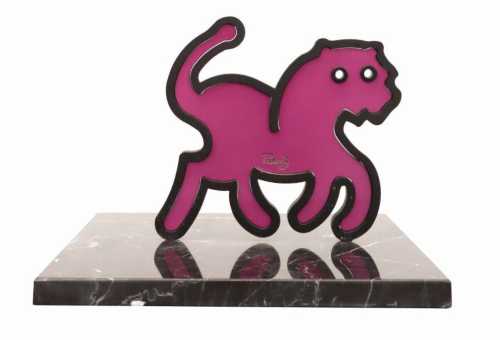
Untitled
Estimation
1,500,000,000﷼
2,481 USD
-
2,000,000,000﷼
3,309 USD
Realized Price
1,400,000,000﷼
2,316 USD
20%
Sell at
Sale Date
Smart Auction
-
2 August 2024
Realized Price
128,001 USD
Min Estimate
68,579 USD
Max Estimate
96,026 USD
Average Artwork Worth
+74.318%
Average Growth of Artwork Worth
Sales Performance Against Estimates
Average & Median Sold Lot Value
2021 - 2025
Performance vs. Estimate
2021 - 2025
Sell-through Rate
2021 - 2025
Similar Artworks
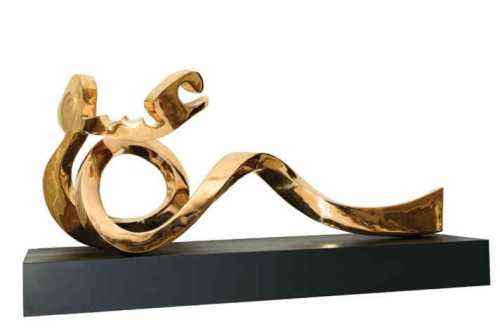
The Beloved 's Dream
Estimation
2,000,000,000﷼
7,353 USD
-
3,000,000,000﷼
11,029 USD
Realized Price
3,000,000,000﷼
11,029 USD
20%
Sale Date
Tehran
-
1 July 2022
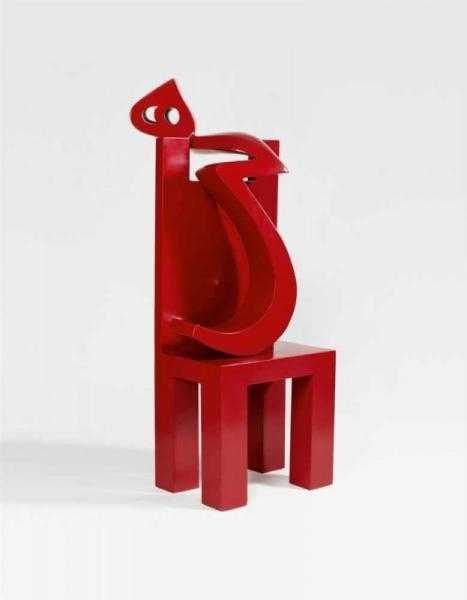
Heech and Chair
Estimation
€80,000
97,502 USD
-
€100,000
121,877 USD
Sale Date
Millon & Associés
-
16 June 2021
